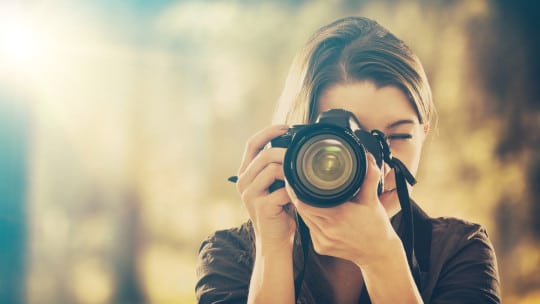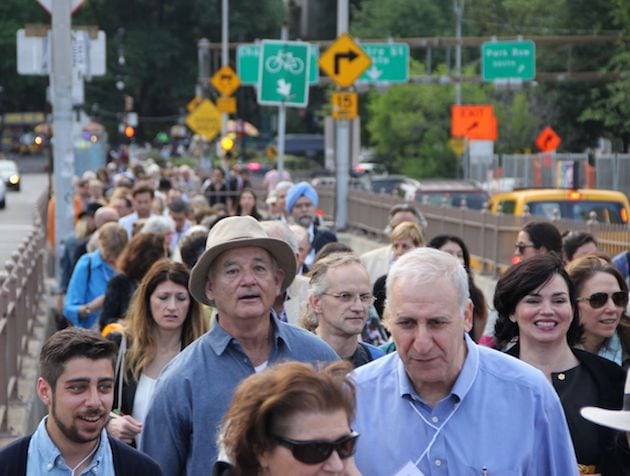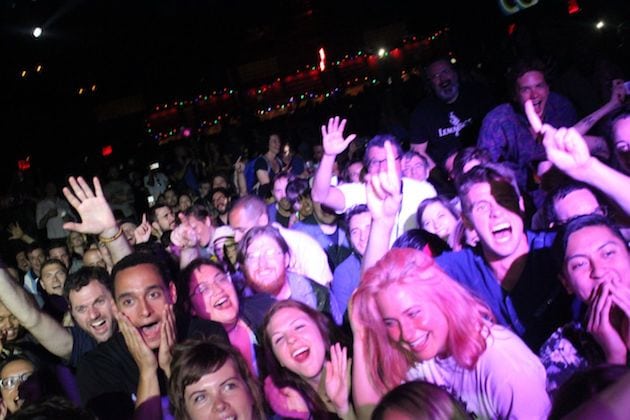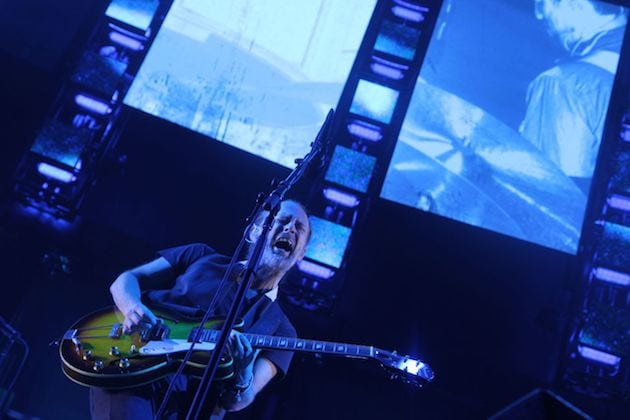
Though smartphones have put cameras in the pockets of just about everyone these days, the knowledge gap between professional photographers and amateurs remains ever vast. Most assume that becoming a professional photographer requires a requisite amount of technical knowledge, including an understanding of manual settings—shutter speed, aperture and ISO—a fancy DSLR camera body with expensive lenses and a mastery of editing software like Photoshop.
While these tools definitely make for an easier time at capturing high-resolution memories, developing an understanding of the psychology behind what types of images evoke emotional reactions can be just as crucial for those who hope to improve their content's reach.
Attaching an image to your content is crucial toward boosting engagement, as your audience responds to visuals more than any other sensory stimulation. One study found that when people hear information, they're only likely to remember 10% of that information three days later. If a relevant image is paired with that same information, people retained 65% of the information three days later.
Not every communicator has time to study the best technical practices behind creating an effective image, of course, but understanding why certain images engage the eyes more than others requires no advanced study. Having shot news events and concerts for the better part of a decade, here are some common characteristics among my featured images that have garnered the most love, shares and engagement.
Candid action shots always win. If you subscribe to the old adage that a picture is worth a thousand words, then a picture depicting something organically, while it's happening, must be worth double that. While a posed featured image can make its accompanying content seem too rigid, composed or by-the-book, candid shots have the opposite effect. By taking more photos of something than you think you need, then sorting through them later, you'll uncover gems wherein a charming facial reaction or split second of body language says more than any posed group huddle or formal studio shoot can ever capture.

I can't tell you what my shutter speed was set to in order to capture this perfect photo of the great Bill Murray as we crossed the Brooklyn Bridge to read poetry on the other side. What I can tell you is that, by shooting fervently and emphasizing expression over the context of the scene, I wound up capturing one of my favorite images ever.
Humans and animals over inanimate objects, always. We surf our social channels to stay informed, in the loop and connected to the world. This is why incorporating a featured image of a living thing, whenever contextually appropriate, is another solid best practice. If you were considering reading two stories about last year's incident when a passenger was dragged off of that United Airlines flight, would you be more likely to click on a stock image of the jet or an image of the passenger? In the communications business, there's always an onus to tie our content back to the people it affects, and the images that we use should similarly focus on humanity whenever possible.

The above photo is problematic for several reasons. The stage lights reflecting back on the crowd have washed out a face or two at the center of the shot, while phantom limbs and body parts on the borders make for another big "no no" in professional photography. The rapturous expressions of bliss shared by these humans however, lost in the midst of an unfathomably good time, more than make up for the image's technical shortcomings.
Tight, close-up shots (almost) always win out over wide, establishing shots. Please don't tell my former photography professor at journalism school that I wrote this. The 50mm wide angle lens is standard issue for news photography because it captures the entirety of a scene, falling in line with journalistic ethics by not cropping or formatting a shot to portray its subject in a different way than it appeared while the photo was taken. The problem with wide-angle shots, though, is that they tend to de-emphasize that nuance of emotion and detail that resonates strongest to our visual mind.

Though I've neglected to include Radiohead's gorgeous, futurist stage setup here, focusing specifically on Thom Yorke has allowed me to capture his tortured cry, which might otherwise not have registered in a more formal, newsy shot. It also serves the subject of this specific tour, which was in support of "A Moon Shaped Pool," an album entirely about Yorke's separation from his wife.
